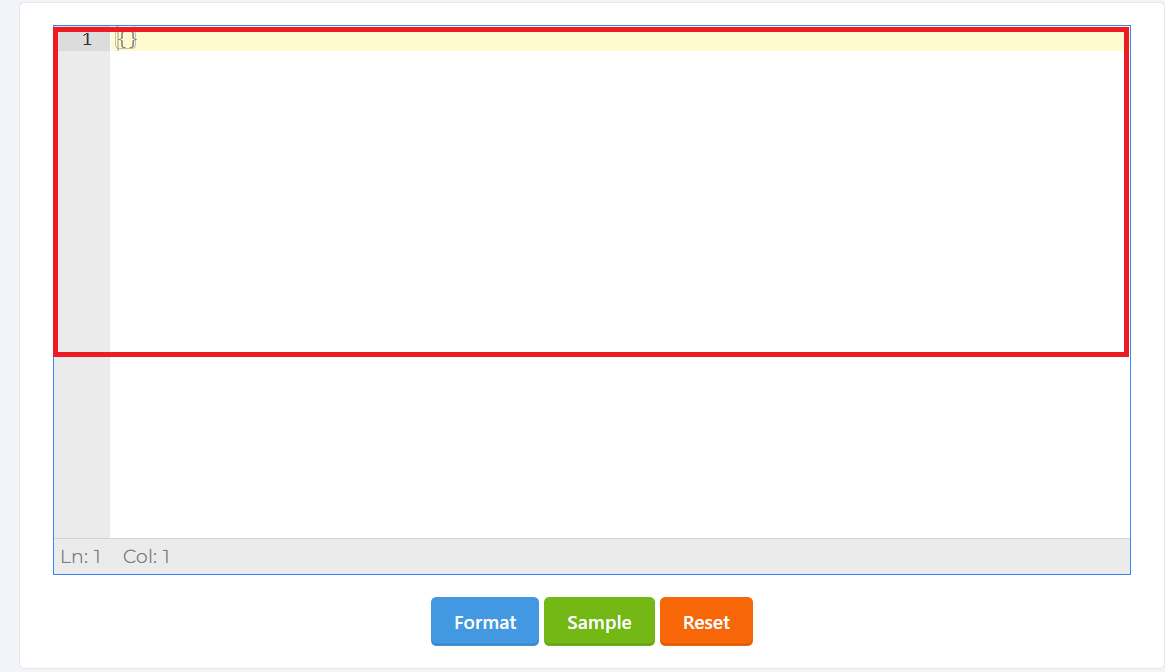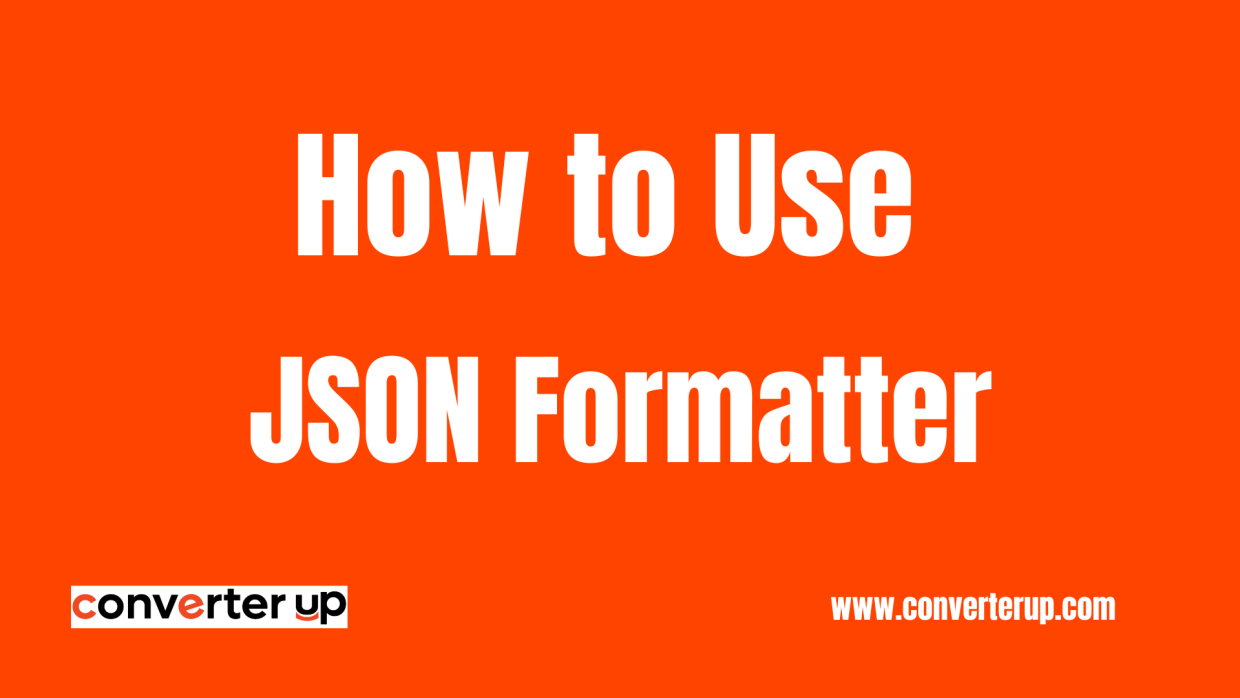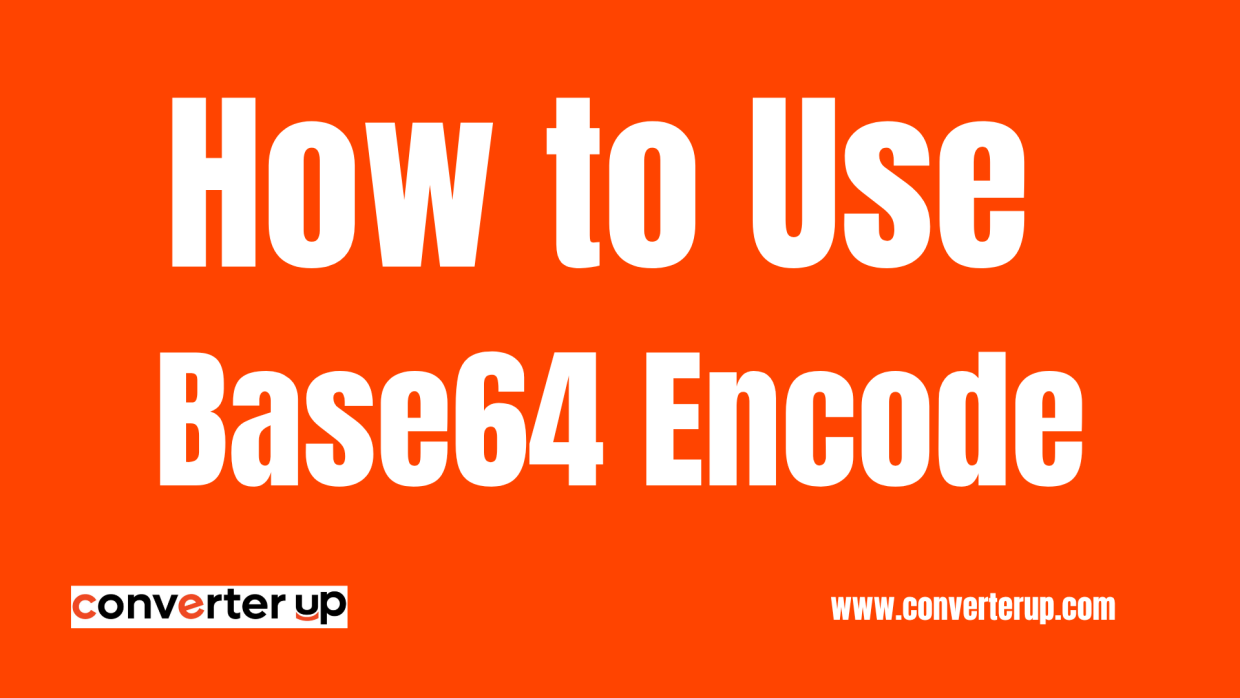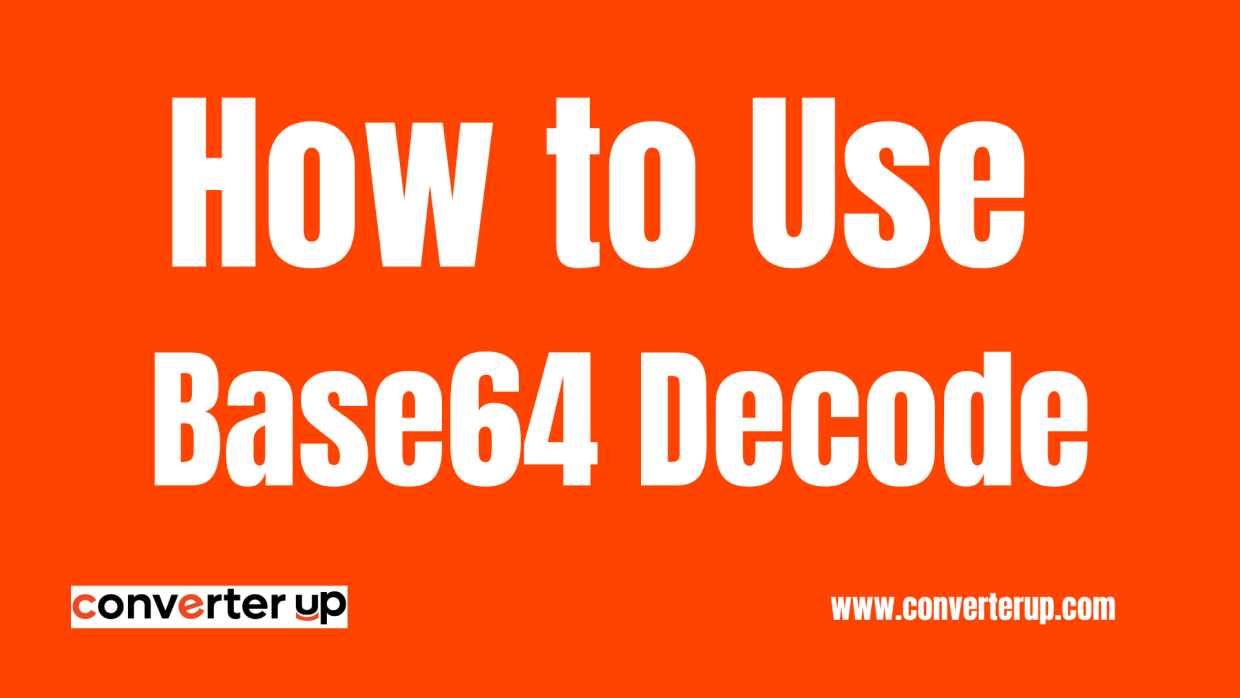
How to Use JSON Formatter
Table of Contents
Introduction
If you have ever been staring at a wall of JSON and instantaneously went cross-eyed, then you probably have. You're not alone! Messy JSON without any formatting is like a book where the words are all crunched together with no line breaks or spaces. How Do You Format It It's there that the JSON formatter is your best friend.
A JSON formatter can be considered a stylist for your data, as it tries to make sense of the terrible-looking, messy structured JSON and turn it into something neat and pretty. If you're a seasoned developer or just starting your coding journey, learning how to format JSON is essential for both experienced and novice programmers.
What is the JSON and Why they matter?
JSON, the JavaScript Object Notation, is the king of modern web development. But what exactly is it? To put it simply, JSON is a text-based, human-readable, and machine-programmable serialization format.
Why is JSON so popular? JSON is less heavy than its cousin XML, simple, and there are no tags to close. It’s a bit like the difference between writing a letter and then opening up Twitter, where you look at all your unread notifications, rather than entering in your text prefixed with “Dear friends.” Writers can transfer you to different worlds, get under your skin, or just make you feel good.
A json is defined by its hierarchical structure of key-value pairs. You see it all around you in API responses and configuration files, your favorite database exports, and the way mobile apps ship data.
Understanding JSON Formatting Challenges
When we have raw JSON data, it is usually "minified," where everything will be on one line (no spaces or indentation), like this: This is ideal for machines but not for humans who want to get an idea of the data structure.
Common formatting problems include:
- None, so nested structures are impossible to follow
- Lacks proper line breaks, creating unscannable walls of text
- Extra space around colons and commas
- Difficulty in grasping relationships between data due to the lack of visual hierarchy
Have you ever tried to search for a value in a 500 line JSON file with absolutely no formatting? It is basically a case of looking for one needle in a bale of hay while blindfolded!
How to Use an Online JSON Formatter
JSON Formatter is like an editor for your data. Its role is to take your unreadable, compressed JSON and enforce formatting rules to make it readable.
Step 1. Visit the Tool
Step 2. Paste it into the input section of the formatter.

Step 3. Click the Format Button.

Step 4. View The Final Result and Copy.

Key Features of Effective JSON Formatters
JSON formatters are not the same everywhere. The top JSON tools provide a full set of tools for working with this type of data.
Essential features include:
- Syntax Checking to Eliminate Errors Before It Starts
- Can adjust indentation (tabs vs spaces, indent size)
- Code highlighting errors annotated with line numbers
- Minification options for production use
- Complex nested structures in tree view
- Facilitates searching and filtering for huge datasets
A few of the more advanced features would be rudimentary support for JSON5 and JSONC (JSON with comments) and some level of integration with popular code editors.
FAQs
1. How does JSON formatting differ from JSON validation?
Formatting Pretty printing the JSON to view with proper indentations. Validation Validates whether syntax is correct. Most tools do both.
2. How should I traffic a JSON formatter with big files?
Many formatters do work most of the time for files up to a few MB Use command-line tools for very large files or split the data
3. Even though using online JSON formatters is secure for our delicate data?
Absolutely not for sensitive data on these online tools. This allows, among other things, benefiting from the offline formatters or using an online tool that works over HTTPS with a transparent privacy policy.
4. Why does my formatted JSON look different in different formatters?
Formatters will indent in different ways and spaces. For the same data, they have two different examples of that representation.










